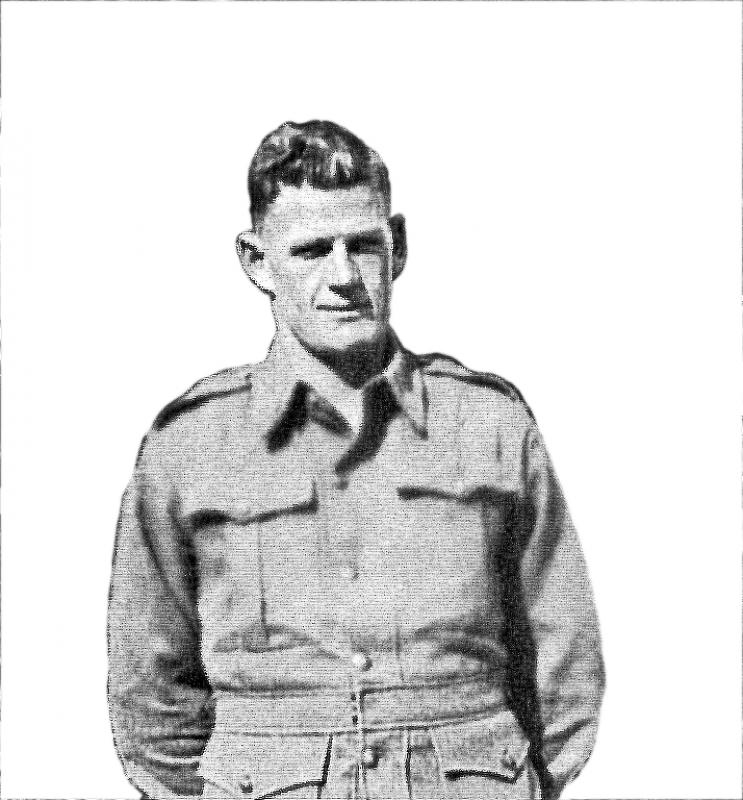Lance Corporal Frank Armstrong WX7717
The first casualty at Sandakan

Despite a history of stomach ulcers Frank decided to enlist in the 2nd AIF, August 1940, joining the 2/4th MG Btn.
In May 1942, a few months after the Fall of Singapore and surrender by the Allied Army, Frank Armstrong was admitted to Australian General Hospital at Roberts Barracks Changi where he was diagnosed with having a peptic ulcer. Frank was discharged back to his unit within two weeks.
Despite his medical history, Frank was included on the ‘B’ Force draft.
On the 30th July 1942 twelve days after his arrival at Sandakan, Frank died of a duodenal ulcer. He was age 31 years of age.
The following account was included in “From Hell to Eternity” (Page 12) by Peter C. Firkins.
‘On one occasion not long after arrival at Sandakan, Captain D.G. Picone, who had been the medical officer in an artillery unit was preparing to operate on a prisoner who had suffered a burst duodenal ulcer. Being nighttime, and the operation being urgent, Dr. Picone borrowed a stronger globe from the guardhouse.
He had just given Frank Armstrong the first anesthetic injection when a Japanese burst into the theatre asking “Who had given you permission to perform this operation?’
“No-one. It is an urgent operation,” replied Picone.
‘Who gave you permission to take this globe from the guardroom?” continued the guard.
With that the Japanese guard beat Picone with his wooden baton and made him stand to attention for two hours outside the guardhouse while the patient waited.
Frank Armstrong was the victim and his death was due to the guard’s intervention.
Padre A.H. Thompson conducted the burial service. Frank was buried at the European section of Sandakan cemetery, located close to town. Frank’s grave was marked with a wooden cross with a metal plate bearing his name, rank and number.
Frank Armstrong’s body was exhumed at the end of the war and now rests in peace at Lubuan War Cemetery.
Of interest is Frank Armstrong’s POW number. He was 1,467 of the 1,494 issued to prisoners in ‘B’ Force. These numbers must have been issued between Frank Armstrong’s arrival on 18th July and his death on 30th July. Frank’s was the highest POW number amongst the 2/4th machine gunners in ‘B’ Force. This would indicate he was one of the last to disembark from the transport ship ‘Ume Maru’ and may well have indicated the state of Frank’s health at that time.
(These POW numbers were not issued at Singapore as ‘B’ Force left Singapore prior to August 1942 – after August the Japanese began issuing POW numbers prior to departure from Singapore.)
All the guards at Sandakan camp were Formosan (Taiwanese) under the command of their Japanese Imperial Army and Kempeitai Officers.
Korean and Formosan Guards
Their Status within Imperial Japanese Army.
